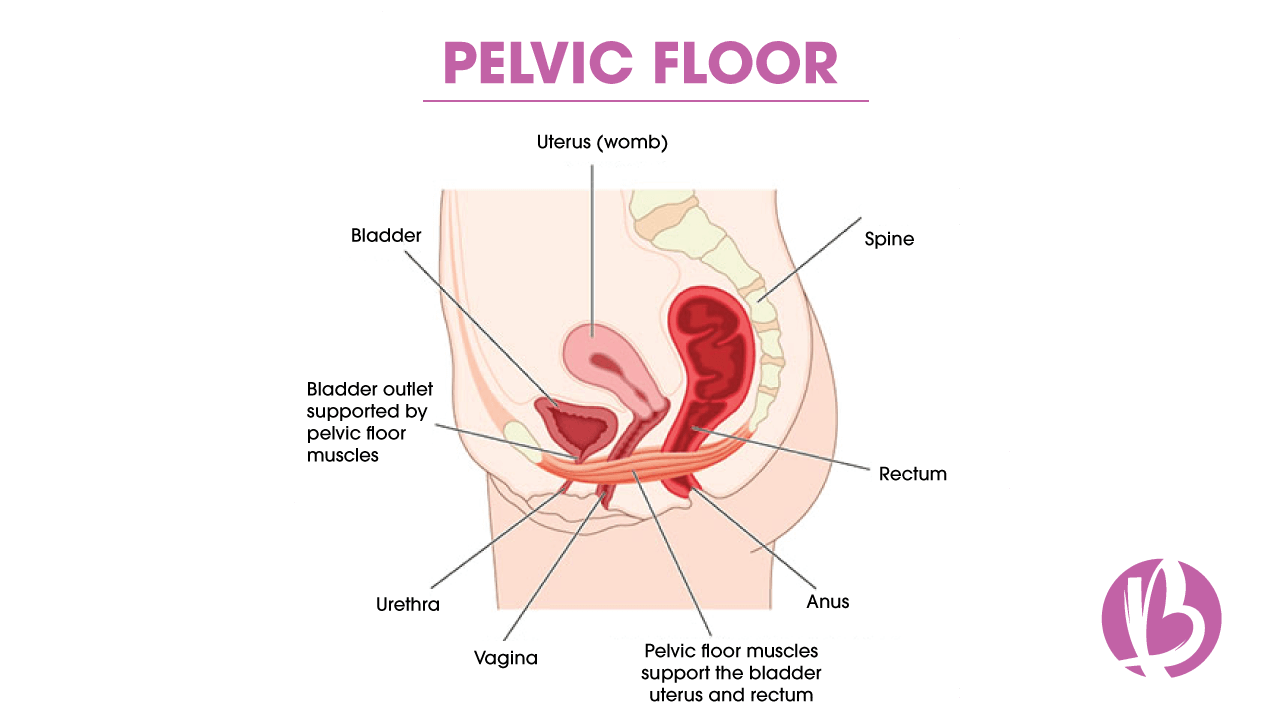Tips to Maintain Your Pelvic Floor Health After Childbirth
A woman’s pelvic floor is a cluster of muscles, ligaments and tissue that stretches across the pelvic bones. It is responsible for supporting organs which include the bladder, uterus, vagina and bowels. During both pregnancy and birth, the pelvic muscles stretch due to the weight of your baby, hormones, and the strain during labor.
As soon as you’re comfortable enough after giving birth, you can begin or resume pelvic floor exercises.
Strengthening your pelvic floor is important regardless of what type of birth you experienced. However, ff you delivered via cesarean, you may want to wait until you are fully healed to resume any type of exercise.
Post baby, it is crucial to exercise the pelvic floor if you want to avoid bladder and bowel incontinence issues.
There are a number of exercises you can do in order to regain strength in the pelvic floor. Among the most common are kegels. Kegels involve the practice of contracting and relaxing your pelvic floor muscles.
In order to perform a proper kegel, you must first make sure your bladder is empty. Next, sit or lie down, tighten your pelvic floor muscles and count to five, then relax the muscles for five. For best results, repeat this exercise 10 times, three times daily. In addition to helping with incontinence, doing your kegels can help to reduce pain during sex allowing for a more enjoyable experience.

While it is great to regain control of your pelvic floor, it is also possible to cause your body damage if you’re not careful. This is the result of constantly contracting your pelvic muscles without realizing you’re doing so. If you feel sore after the first few weeks and are over-contracting your pelvic muscles in response to the pain, you may cause a number of problems that can be irreversible. In order to avoid this, focus on relaxation techniques to guide you through the pain. Incorporating breathing exercises like these into your pelvic floor routine can help to ensure you’re not rushing.
If you’ve done your exercises and are still experiencing pain, heaviness in the vagina, or having trouble with bowel movements, you’ll want to contact your physician for further treatment. They may suggest you try pelvic physical therapy. This type of physical therapy is specifically designed to treat women who have just given birth, but can also be beneficial in solving a host of different issues. In some cases, surgery can be a treatment option as well. The recovery time can be slightly longer, but the results are worth it.
In short, maintaining your pelvic floor, especially after child birth, positively impacts your bladder control, posture, your sex life, and keeps you upright and ensures all your internal organs stay in their places.
Want to learn more?

PELVIC FLOOR & YOUR CORE: 6 THINGS EVERY WOMAN MUST KNOW
Not sure where to begin? Learn more about Mom Tummy Rehab to get started on Reconnecting, Retraining, and Rebuilding your core and pelvic floor today!
